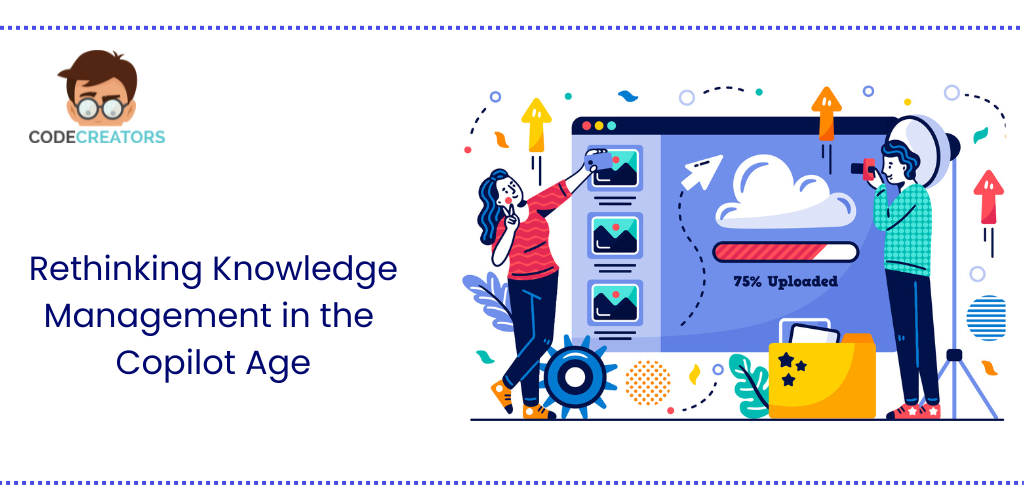The Rise of Real-Time Analytics: Why Businesses Are Turning to Power BI

Real-time analytics change how companies make decisions. Teams want instant insights. Leaders want clear dashboards. Businesses want data that moves as fast as their operations. Microsoft Power BI helps them achieve this speed and accuracy. The platform gives organizations clean visuals, live metrics, and a smooth way to combine data from many sources.
Companies no longer rely on slow reports. They want dashboards that update every second, alerts that detect problems early and trends that help them adjust before issues grow. Power BI supports these needs with strong modeling, simple sharing, and user-friendly design. This is why the tool continues to grow across every industry.
Real-Time Data Builds a Faster Decision Cycle
Modern work moves quickly. Teams cannot wait days for reports. They want insights now. Microsoft Power BI provides real-time streaming through its connectors and services. This helps teams see fresh updates as soon as data changes. They track sales, inventory, operations, and customer activity without delay. Every department improves its decision-making because information stays accurate.
Real-time analytics also support proactive planning. Companies react faster. They avoid risks. They support customers better. This creates a stronger and more confident business environment.
Power BI Data Flows Strengthen Data Foundations
Real-time analytics rely on having clean data. The Power BI data flow makes sure that companies can adapt and maintain their datasets in an organized way. These data flows change the raw form of information into well-structured tables that are automatically updated. They help teams reuse the same data model across many reports. This reduces confusion and supports consistency.
Data flows also speed up development. Analysts do not rebuild models every time they create a dashboard. They access ready-to-use entities, work faster, and support teams with more reliable insights. Strong data foundations make real-time analytics easier and more accurate.
AI Features Expand Power BI’s Capabilities
Modern data analysis requires more than just visualizations. It requires intelligence. The Power BI AI features let teams know their data better. They recognize data trends and patterns, give interpretations of shifts in the data, and put the risk factors or the opportunities at the forefront. These AI devices need the user to make simple clicks; no complex coding is required.
Analysts use natural language queries to find insights. They explore data with Q&A visuals. They apply predictive analytics to improve planning. These features support marketing, finance, operations, and executive teams. Microsoft Power BI becomes a full intelligence platform rather than a basic reporting tool.
Dashboard Designs Improve Clarity and Engagement
A strong dashboard guides users. It tells a story. It highlights what matters most. Good Power BI dashboard designs help teams read information quickly. They use clean layouts, strong color contrast, and interactive filters that give users more control.
When dashboard design stays simple, teams avoid confusion. They focus on insights. They adjust their actions faster. Clear dashboards increase user adoption and help organizations build a stronger data culture. This is essential for companies that want to grow with confidence.
Understanding What Power BI Is Used For
Many decision-makers ask, what is Power BI used for? The answer depends on the business. Companies use it for operations, sales, finance, customer experience, HR, and supply chain. They use it to track performance, measure goals, and to monitor real-time updates. Power BI fits every department because its tools work with all types of data.
It also connects to hundreds of platforms and databases. This flexibility helps teams bring everything into one view. This gives companies a single source of truth and a more accurate understanding of their performance.
The Demand for Power BI Data Analysts
Real-time insights require skilled professionals. The role of Microsoft Power BI data analyst becomes more important every year. Analysts build models. They design dashboards, prepare data flows, and help business users understand their information. This role supports strong decision-making across the entire company.
Organizations invest in training. They look for analysts who are knowledgeable in data architecture, AI functions, and dashboard design. These qualities facilitate teams in maximizing the advantages offered through Power BI.
A Connected Data Ecosystem for Modern Enterprise
Power BI is the focal point of Microsoft’s data ecosystem. It establishes a strong integration amid Azure, Dynamics 365, Power Platform, and Microsoft 365. Consequently, it becomes a single environment for the delivery of real-time insights. It simplifies things and helps the team have better data they can trust.
Some users see the message “Retrieving data. Wait a few seconds and try to cut or copy again.” This often happens with slow sources or heavy models. Well-designed pipelines and optimized data flows reduce these delays. Strong architecture keeps dashboards smooth and responsive.
As companies grow, this connected ecosystem becomes the foundation of their analytics strategy.
Conclusion
Real-time analytics reshapes how companies plan, work, and grow. Microsoft Power BI gives them the speed, clarity, and intelligence they need. It supports AI-driven decisions, builds cleaner dashboards, and powers a stronger data culture across the entire organization. Businesses trust Power BI because it makes information clear and easy to act on.
If you want expert help with Power BI planning, dashboard design, or real-time analytics, Code Creators is ready to support your goals. Connect with our team today and move toward a smarter data strategy.
FAQs
1. Why are businesses choosing Microsoft Power BI for real-time analytics?
They want instant insights, clean dashboards, and strong AI features. Power BI provides fast reporting and supports better decision-making across all departments.
2. How do Power BI data flows improve analytics?
They create structured, reusable datasets. This improves consistency, speeds up development, and supports accurate real-time insights.
3. What is Power BI used for in modern organizations?
It monitors performance, tracks KPIs, analyzes trends, and unifies data across departments. It supports sales, finance, HR, operations, and executive teams.
4. How do Power BI AI features help businesses?
They highlight patterns, explain trends, and improve planning. They give analysts deeper insights without complex coding.
5. Can Code Creators help with Power BI dashboards and enterprise analytics?
Yes. Code Creators designs data flows, builds dashboards, and supports real-time analytics. Their team helps companies create stronger Power BI environments.


